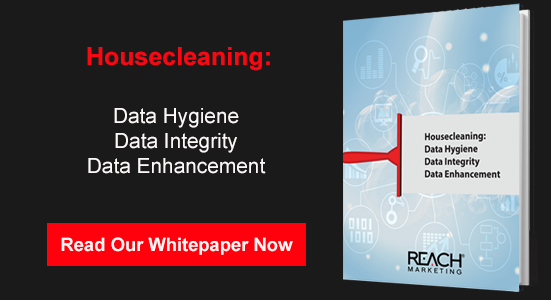Psychologists have studied the effects of color on mood and perception for decades. You’ve seen the psychology of color in action in advertisements and environments; the reassuring blues and calming greens that appear on healthcare logos or the appetizing reds and cheerful yellows in restaurants are examples of it. Color can also help conversions in the digital realm, but not always in the ways you might expect, which is why it’s vital to do some homework before prospects see the finished designs.
Alerts Are Red, CTAs Are Blue; If You Want to Convert, Is This Always True?
Some of what we know about how people respond to color comes from biology, not psychology. The color red instantly gets our attention because it’s used in nature to do precisely that. Red berries can either be a warning to avoid eating them or a lure to attract animals to eat them and scatter the seeds they contain. Our eyes and brains are hard-wired to pay attention to red. That works with color use in marketing as well, at least in theory; red should be an arresting signal that commands our attention, so why not use it on everything?
Here’s where color theory becomes more complex. Red does draw interest initially, but too much of it blunts the effect. We become inured to it and no longer heed the look-at-me signals it’s sending. Take a look at the Reach Marketing logo and website, and you’ll see how red accents point the way to important links but never dominate.
Let’s take a look at another color you’ll see often in marketing materials. Blue, normally seen as a calming and steadying color, is a popular choice for healthcare providers, banks, and other organizations that rely on inspiring trust. In the context of a logo or signage, it suggests stability and reliability, especially in its deeper tones. Blue has taken on a whole new meaning, though – it’s the color we associate with hyperlinks. The convention of writing links in blue is so well established that certain shades of it now function as an “action” color too.
What Color Is Your Market?
Because color meanings aren’t a simple, linear relationship such as “red means stop” or “green means go,” it’s essential to see how your target market responds to color. Younger market segments, for instance, may be more predisposed to see vibrant blue as an action color because of its association with links. Digital natives have grown up with that convention firmly in place. While blue is the most common favorite color for everyone, there’s a sharp divide between men and women when it comes to what takes second place; 23 percent of women chose purple as their favorite color, but no men did in a study publicized by Kissmetrics.
With differences like these on a larger scale, how do you know what your specific audience will find compelling? Testing and audience knowledge are your answers. A/B split testing can now give you results within an afternoon, allowing you to pick the winning design while your data is still fresh. Data enhancement that gives you a more complete view of your market lets you refine your designs for each segment, maximizing conversion opportunities.
© Reach Marketing LLC 2016 All Rights Reserved.







